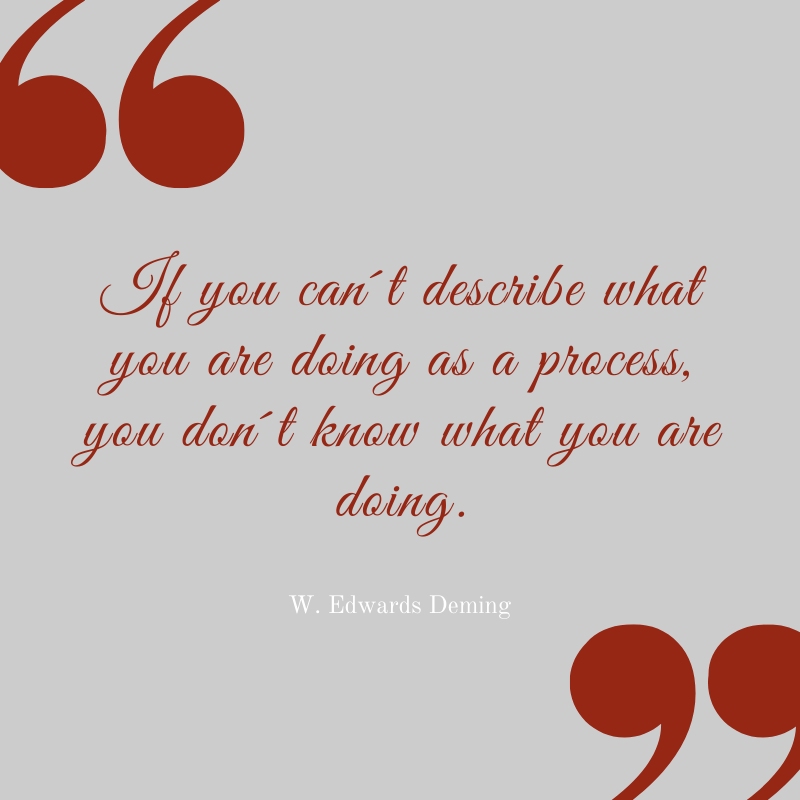Taking action and measuring the performance of a website is beneficial in multiple ways. Businesses need to define optimization processes to see the impact of their actions and track the results obtained. We are talking here about incremental changes. Sometimes a 2% change in monthly traffic can become 80% increase in traffic on a yearly basis if we estimate the compound growth.
Key benefits of Conversion Optimization
What is a good conversion optimization process?
7 Steps to improve your conversion optimization rate
Key benefits of Conversion Optimization
There are three key benefits of measuring the optimization of your website:
- You can test or make more effective changes. There is a reason a change is being implemented.
- Reduce the cost of optimization. Blind tests cannot bring a benefit, so having a clear optimization process is going to require less financial resources.
- Improve speed of experimentation. On average businesses should perform 4 week-long optimization tests and analyze its results.
What is a good conversion optimization process?
It is challenging to define a good conversion optimization process, know where to start and what to measure. But you know you are on the right path when your process does the following:
- Tells you where the problems are.
- Allows you to know more information about what are these problems
- Identifies the reasons behind the why of a problem
- You can turn known issues into the hypothesis
- Identifies what you should prioritize in terms of tests and instant fixes
To start diving deeper into the optimization process we need to better understand the needs of our users and pain points, what resonates with them and which is their purchase criteria. Is important to make this test with already existing users to analyze what parts of your website increase or lower the purchase probability.
Making the right questions is what has become difficult for many business owners. But learning to do this will completely change the quality of your business. Some basic questions you can start with are:
- Whose problems are you solving?
- What are their needs?
- What do they think they want and why?
- What helps them make a decision?
- What do they think of your offering?
- Where is your site leaking money?
When you think about your business questions the ones above are a good starting point.

7 Steps to improve your conversion optimization rate
Once you have the questions defined, you still need to understand what data should be gathered to have an impact on your results.
1. Technical Analysis
For that reason, the first step in the research process is to perform technical analysis to identify underperforming browser experiences. Through technical analysis you can review:
- Is the site broken?
- Where?
- Is your website optimized for cross-browser experience?
- Which devices are giving your site problems?
- Which pages are slow?
2. Heuristic Analysis
A second step is to perform a heuristic analysis. In this case, you need a couple of team members to go page by page and identify problems.
You need to analyze aspects of your website such as:
- Website relevancy
- Clarity
- Motivation
- Friction
This process will quickly help you to identify major issues and validate or invalidate assumptions. Every single page should define the desired action you want the user to take. To do that there are three things that need to converge:
- Motivation to purchase
- Ability to take action
- Trigger to take the action
3. Digital analytics
The third step is about digital analytics. This is more about analyzing the behaviour of your users and sees whether the actions you want them to take are clear. You are going to analyze:
- What part of your website has leaks
- Which segments have more problems
- What are users doing
- Which actions have a higher conversion
Tools that can help you analyze this information are Google Tag Manager or Heap Analytics.
4. Mouse tracking and form analytics
Once you know what your users are doing on your website, you want to discover how many ways are there to achieve your goals. That’s why the 4th step is about mouse tracking and form analytics where you are going to analyze the following information about your website visitors:
- Where do they click?
- How far down they scroll?
- Differences between devices?
- Session replays
Tools that can help you analyze this information are VWO or Hotjar.
5. Qualitative Surveys
All the steps we mentioned before were quantitative but we also need to include qualitative research to understand why someone bought from your business. A good way to test this step is by involving your customers and sending them surveys to figure out this information. Information you are going to analyze is:
- Which are your buyer groups
- Which problems are they solving
- What makes them take a purchase decision
- What is holding them back
- and what else do they want to know
6. User Testing
The last step is user testing and is the step that brings you closer to your customer to understand his/her pain points. For this step, you need to recruit people from your target audience and make them perform the task on your website. These tasks can be to complete a purchase or take a specific action such as filing a contact form. You will understand from your users:
- What is difficult to understand from your site
- What is difficult to do on your site
- What goes wrong
7. Running A/B Test
These tests are performed when 3 conditions are met:
- There is enough sample size.
- There are multiples business cycles defined.
- Enough statistical significance reached.
Performing this complete analysis requires effort and multiple techniques. We have explained what an optimization process is, what consists of and which are the main steps you need to take to implement an effective optimization process. Following these guidelines will help you avoid many common mistakes business owners do when implementing optimization processes.
There is nothing more frustrating than not knowing what you are doing wrong or what you need to improve to have a successful website experience. All the steps mentioned about are meant to bring you closer to your ideal customer and make them close the desired action on your website.




